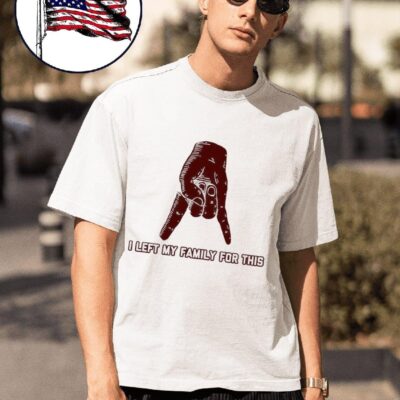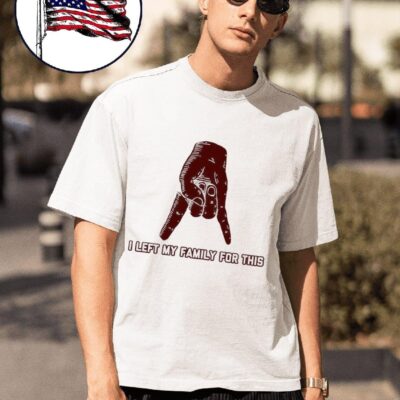Know Your Meme Skibidi Rizz Gyatt Ohio Sigma Chungus Shirt
$21.99

Frequently bought together :
We additionally hold a weekly culinary session where we prepare the Discover Your Meme Skibidi Rizz Gyatt Ohio Sigma Chungus Shirt besides I will purchase this food in advance for our daughter for a whole week. This simplifies maintaining a schedule with nutritious, diverse, delicious meals. It cuts down on both stress and effort for us. Summer has finally arrived in Copenhagen, and as I scurry around the city with our infant and attending meetings, practical yet stylish attire is my preference. My typical ensemble includes large nylon trousers paired with a transparent, polka-dotted Saks Potts dress on top. I round off the practical look with a bikini top and a pair of Havaianas.

Fabrication, design development, sampling, accessories, sewing, craftsmanship, packaging, tariffs, transport: This is a partial enumeration of what goes into the expense when a new T-shirt is purchased. This is before adding a wholesale markup (i.e., the Discover Your Meme Skibidi Rizz Gyatt Ohio Sigma Chungus Shirt besides I will purchase this profit a company gains from the item) or the subsequent retail markup if bought in a shop. Consider again, and the notion of a T-shirt being “valued” at $5 could appear absurd or even offensive. How could all the materials, logistics, and labor amount to mere pennies or cents? Many expenses are non-negotiable; the cost of cotton remains fixed, even when bought in bulk. However, the person crafting the T-shirt is often subjected to exploitation.

Discover Your Meme Skibidi Rizz Gyatt Ohio Sigma Chungus Shirt, hoodie, tank top, long sleeve tee
It would be hasty to assert that every low-cost item was produced under poor labor conditions, but it’s also simply arithmetic. “It truly astonishes me,” Ryan Roche mentioned during a phone conversation. “I can calculate the Discover Your Meme Skibidi Rizz Gyatt Ohio Sigma Chungus Shirt besides I will purchase this figures, and even with the inexpensive materials, I don’t comprehend how it’s achievable. Someone is constructing that T-shirt, receiving only a small fraction.” Maria Stanley, an independent, eco-conscious designer based in Minneapolis, recalls her time with a fast fashion brand a decade earlier in Los Angeles: “Retailers would demand, ‘We need 1,000 of this item for $21 each,’ and the factory would quote us $40,” she comments. “But eventually, they’d agree to $21. How do you arrive there? Who is bearing the loss? The fabric’s cost is consistent, so it’s the workers [bearing the loss].”




















 Zum speed 350z fairlady shirt
Zum speed 350z fairlady shirt
 Zulu Huey Newton You Believe In Violence T-Shirt
Zulu Huey Newton You Believe In Violence T-Shirt
 Zuccarello Applesauce Shirt
Zuccarello Applesauce Shirt
 Zolita Queen Of Hearts shirt
Zolita Queen Of Hearts shirt
 Zheani Worship The Spiritual Meat Grinder Shirt
Zheani Worship The Spiritual Meat Grinder Shirt
 ZHC X BKTSQD Green Flame shirt
ZHC X BKTSQD Green Flame shirt